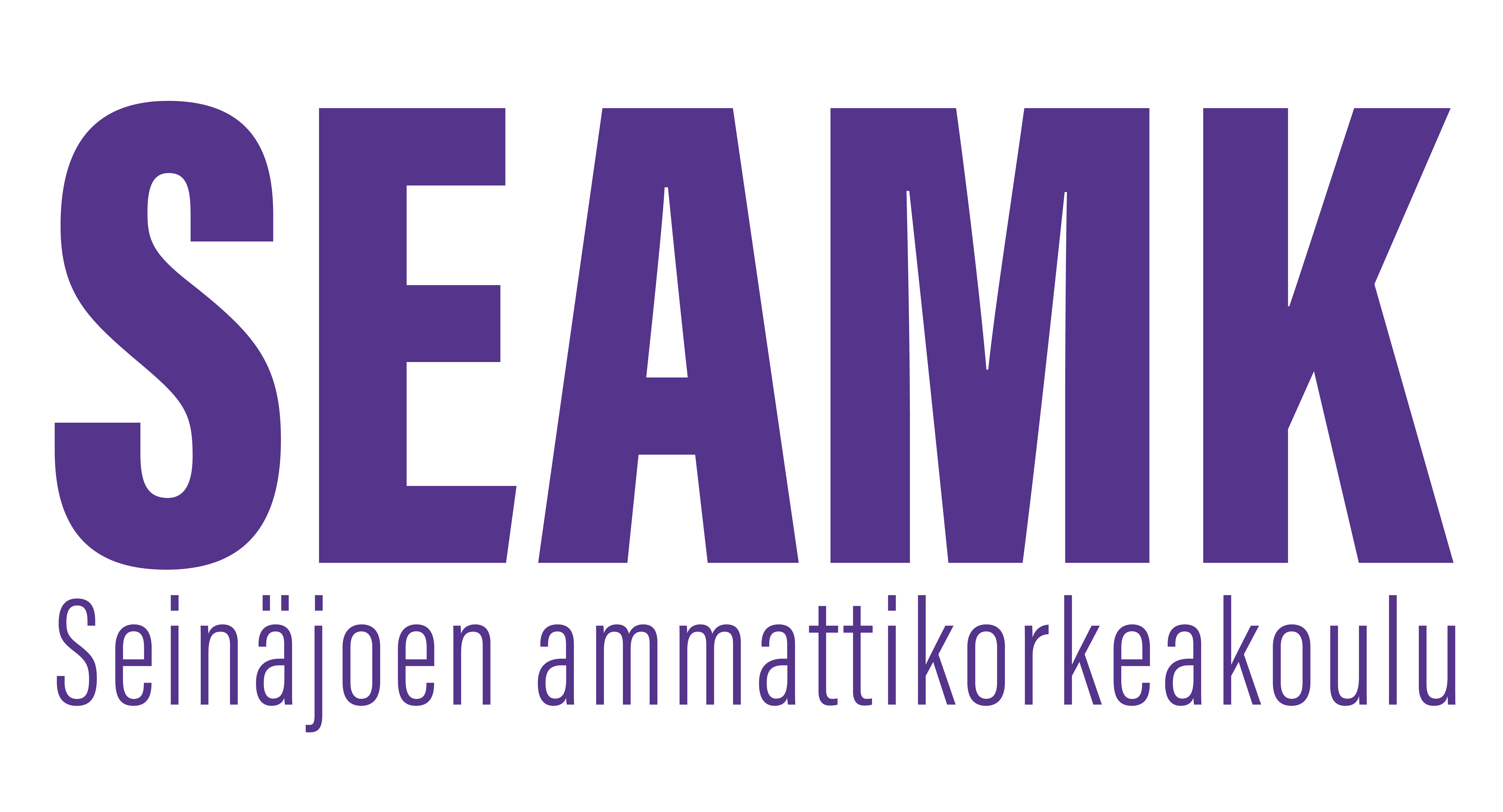Koneturvallisuus (2op)
Toteutuksen tunnus: KC00DB65-3005
Toteutuksen perustiedot
- Ilmoittautumisaika
- 11.11.2024 - 19.02.2025
- Ilmoittautuminen toteutukselle on päättynyt.
- Ajoitus
- 10.02.2025 - 27.04.2025
- Toteutus on päättynyt.
- Opintopistemäärä
- 2 op
- Lähiosuus
- 2 op
- Toteutustapa
- Lähiopetus
- Yksikkö
- SeAMK Konetekniikka
- Toimipiste
- SeAMK Seinäjoki, Frami
- Opetuskielet
- suomi
- Koulutus
- Insinööri (AMK), Konetekniikka
- Opettajat
- Jarno Arkko
- Ajoitusryhmät
- Avoin AMK (Ei koske tutkinto-opiskelijaa) (Koko: 5 . Avoin AMK : 5.)
- Ryhmät
-
MKONE23Insinööri (AMK), Konetekniikka, monimuotototeutus
- Pienryhmät
- Avoin AMK (Ei koske tutkinto-opiskelijaa)
- Opintojakso
- KC00DB65
Arviointiasteikko
1-5
Tavoitteet
Opintojakson jälkeen opiskelija tietää mihin asioihin koneturvallisuus perustuu, osaa hyödyntää koneturvallisuutta koskevaa lainsäädännöllistä materiaalia ja kykenee soveltamaan riskienarviointia koneiden turvallisuuden parantamiseksi. Opintojakson jälkeen opiskelija myös ymmärtää ja osaa selventää koneturvallisuuden vaikutuksen tuotekehitysprosessin aikana. Opiskelijalle muodostuu käsitys, miten riskienarviointiprosessi suoritetaan ja miten riskejä voidaan vähentää koneiden suunnittelulla. Opiskelija ymmärtää mistä tekijöistä CE-merkintä koostuu ja osaa hyödyntää saamaansa osaamista teknisen dokumentaation koostamiseen.
Sisältö
• Koneturvallisuuden perusteet
• Koneturvallisuutta koskeva lainsäädäntö
• CE-merkinnän perusteet
• Koneiden riskienarviointi ja hallinta
Oppimateriaalit
-Koneturvallisuus 1, EU-määräysten mukainen koneiden turvallisuus; Siirilä, Tapio
-Koneturvallisuus 2, EU:n direktiivien ja standardien soveltaminen käytännössä; Siirilä, Tapio
-Koneturvallisuus, Ohjausjärjestelmät ja turvalaitteet; Siirilä, Tapio
Opetusmenetelmät
-Luennot
-Tuntiharjoitukset
-Ryhmätyöt
Opiskelijan ajankäyttö ja kuormitus
-Luennot 13h + tentti 3h
-Ryhmätyö ja itsenäinen opiskelu 35h
Arviointikriteerit, tyydyttävä (1)
Opiskelijalla on käsitys koneturvallisuuteen liittyvistä keskeisimmistä käsitteistä ja prosesseista. Opiskelija pystyy osoittamaan mitkä tekijät vaikuttava koneiden turvallisuuteen ja miten turvallisuutta voidaan parantaa.
Arviointikriteerit, hyvä (3)
Opiskelija hallitsee koneturvallisuuden keskeisimmät käsitteet ja prosessit. Opiskelija kykenee arvioimaan koneiden riskejä sekä hahmottamaan riskien syntyperän. Opiskelijalla on vahva käsitys siitä, miten lainsäädäntö ohjaa koneturvallisuutta ja mistä asioista CE-merkinnän vaatimuksen koostuvat.
Arviointikriteerit, kiitettävä (5)
Opiskelija pystyy muodostamaan kattavan ehdotuksen toimenpiteistä koneen turvallisuuden parantamiseksi ottaen huomioon koneturvallisuuden lainsäädännön sekä koneen riskien arvioinnin. Opiskelijalla on myös vahva käsitys, mistä vaiheista CE-merkinnän prosessi koostuu ja miten se on osa koneiden suunnitteluprosessia.
